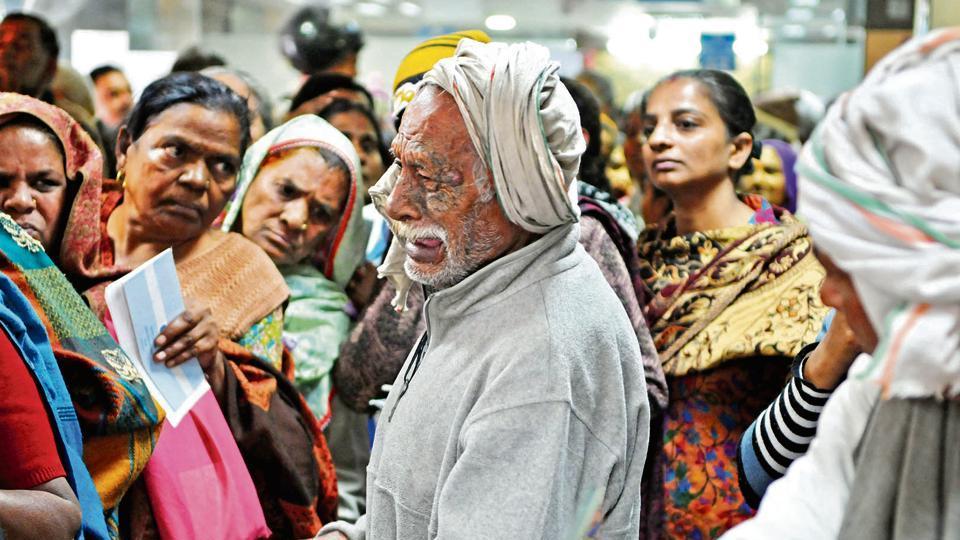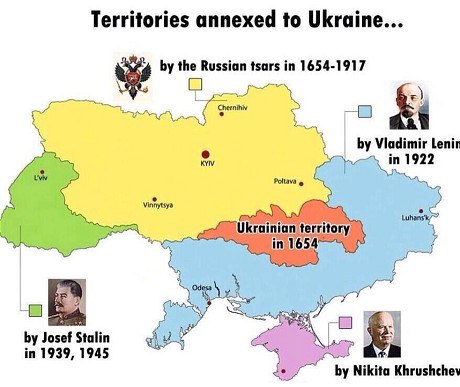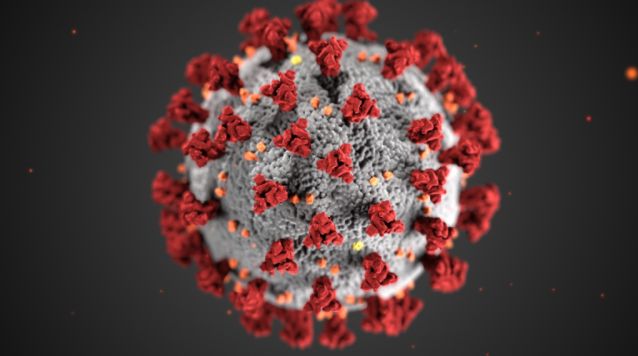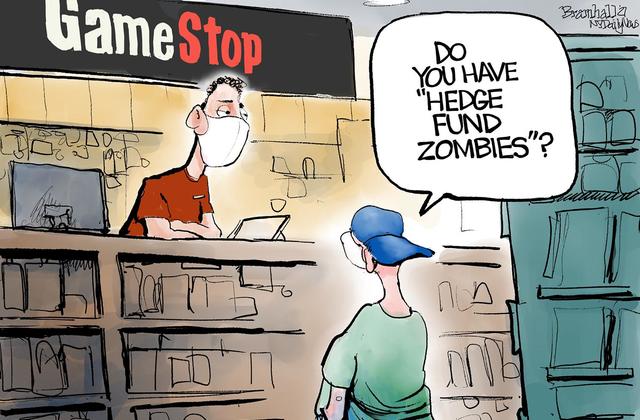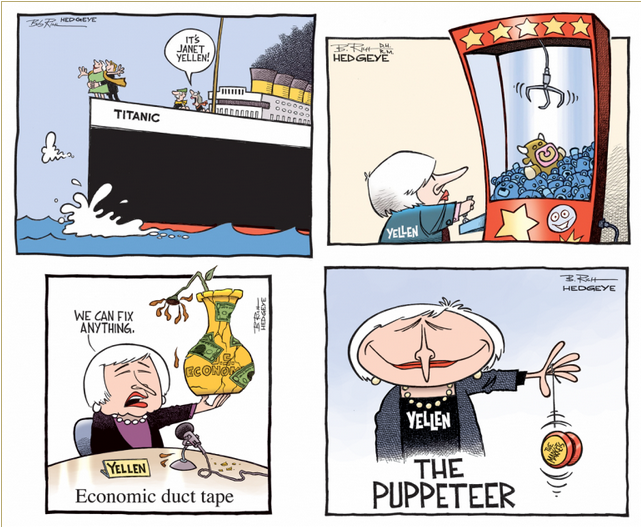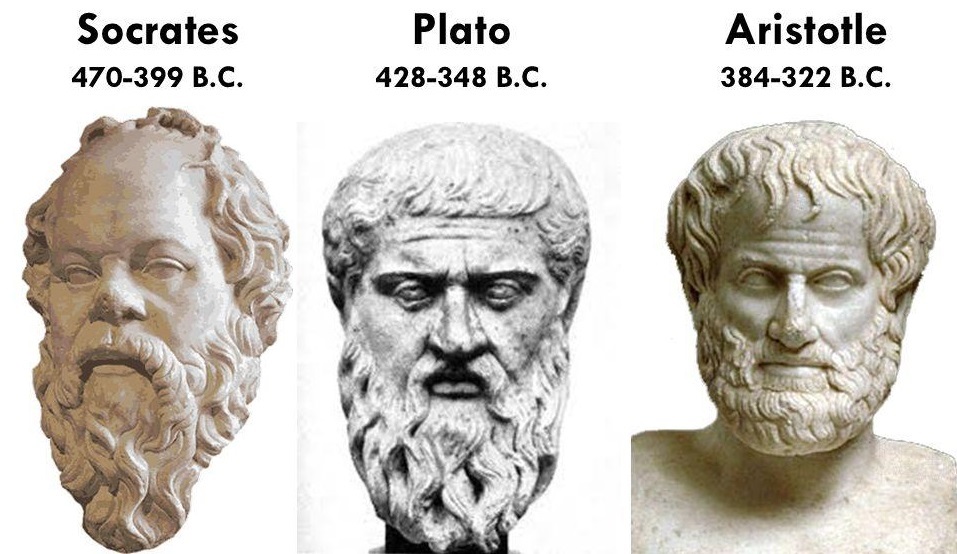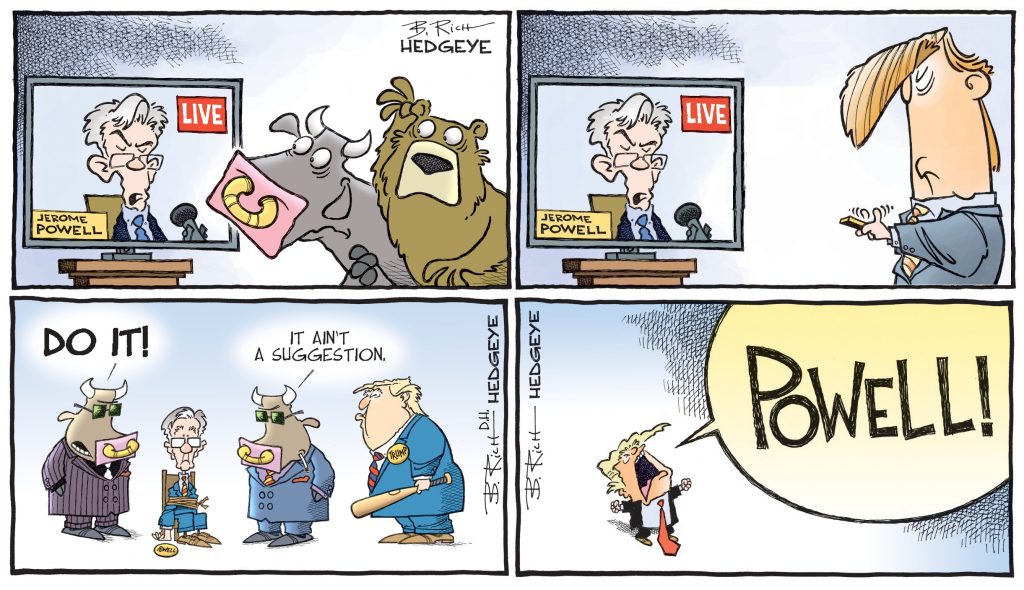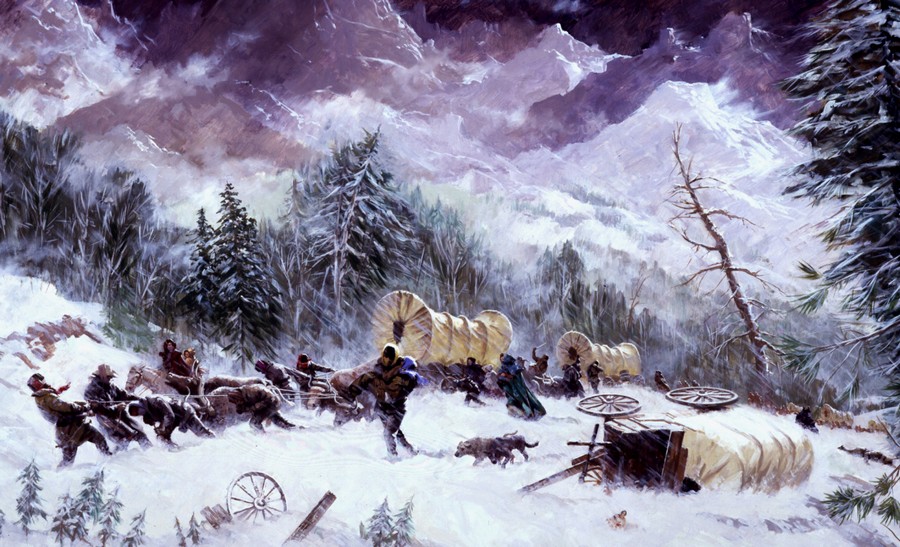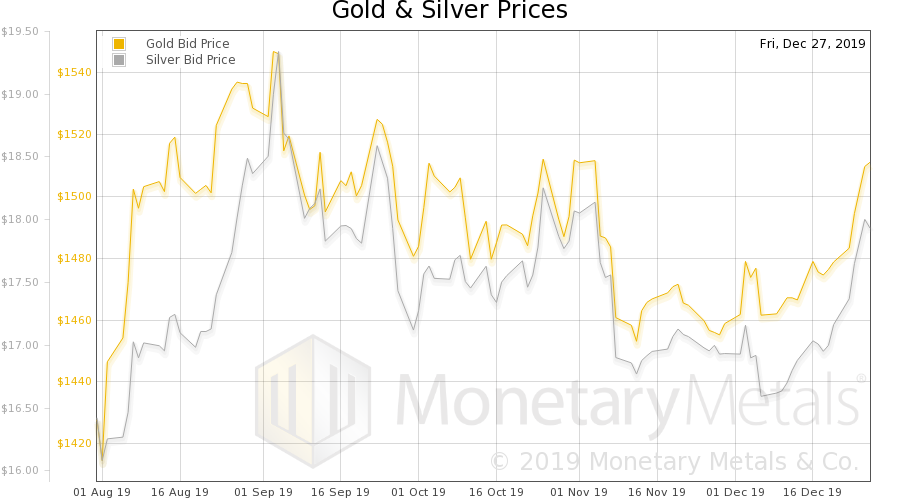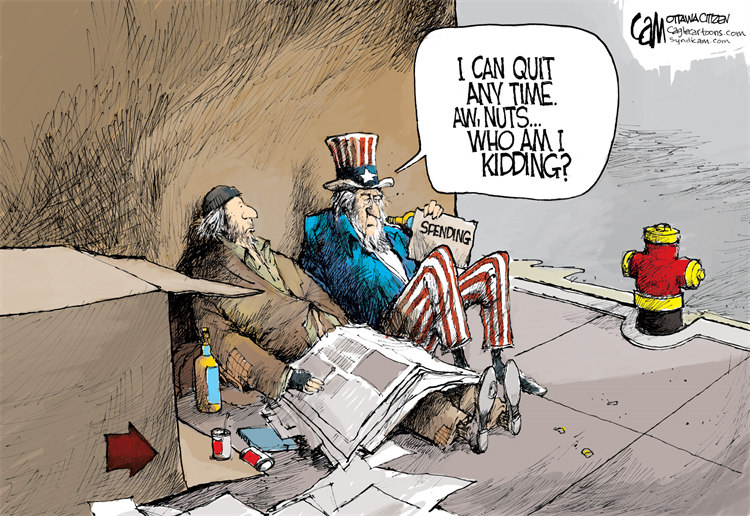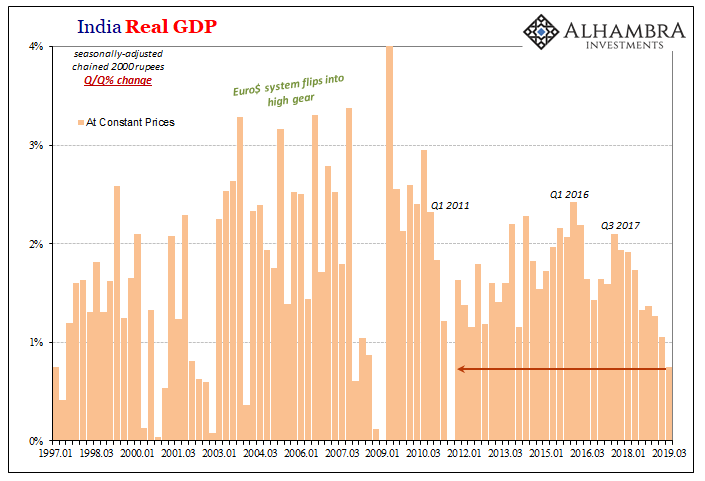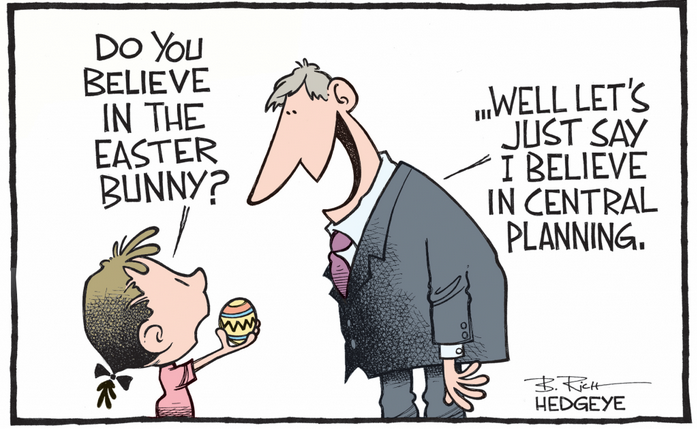India’s Currency Ban, Part VIIThis article continues right where Part VI left off (for earlier updates on the demonetization saga see Part-I, Part-II, Part-III, Part-IV, and Part-V). There is still huge support for Modi even among the poor. A big carrot is dangled before them, which makes many stay numb to their current suffering. During his election campaign in 2014, Modi promised to deposit more than Rs 1.5 million (~$22,000) in each poor person’s account once the government had seized all black money.
How he arrived at this fantastic figure is anyone’s guess. But given India’s GDP of $1,718 per capita, Modi has promised to deposit 1,300% of annual GDP in individual bank accounts. The total amount would be larger than the entire GDP of the US. Evidently, this does not even remotely add up. |
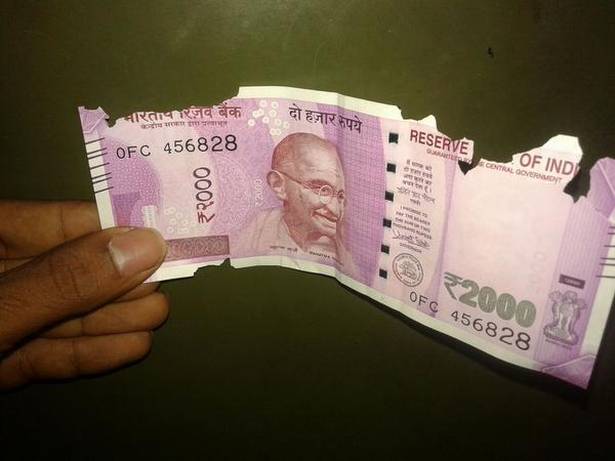 Massive problems have been reported with the new bills. Some have been printed on defective paper and are simply falling apart. The inferior quality of the print job is generally often on the appalling side of deplorable. The new notes are counterfeited with great abandon, quite likely to a much greater extent than they ever were in the past. So much for Modi’s plan to stop counterfeiting. Photo credit: The Hindu - Click to enlarge |
| So what is really motivating the anti-corruption feelings of so many Indians — including the salaried middle class — simply seems to be a mixture of greed and envy. There have also been hints that India’s income tax might be repealed. This is very appealing to the salaried middle class.
Banned bank notes must be deposited by 31st December 2016. Modi supporters widely expect that the windfall he has promised them will be announced soon thereafter. Not only isn’t there going to be any free stuff, but bank accounts are likely to stay frozen, because the Indian government is incapable of printing all the cash needed to re-liquefy the economy. On January 1st 2017, when members of the salaried middle class start waking up to the reality that they have been scammed, Modi’s support should begin to crumble. Anecdotal evidence indicates that not only the opposition, but even members of Modi’s own party are unhappy with the demonetization scheme. These politicians have been left holding bags of banned currency, on which they have had to take a cut of 20% to pay for the services of the mafia. They cannot oppose Modi openly, as that entails the risk that they might be seen as corrupt and unpatriotic. It seems likely that Modi will eventually lose his political support. But by then he may well have established himself independent of his party. He could easily be an autocrat in the making. |
 Vegetable prices have declined by 25% to 50%. Electronic transactions fail even in big cities, as connections are often bad. How is this supposed to ever work in rural places, where electricity and internet connections might not even exist? One needs to be mindful of the fact that prices are not going down due to excess supply, but because poor people cannot buy anything. Are they going hungry? Photo via indianexpress.com - Click to enlarge |
Is India the Next Venezuela?India, the world’s largest democracy, is surrounded by banana republics as the accepted narrative has it: Pakistan, Bangladesh, Nepal, Sri Lanka, Myanmar, Thailand, and Afghanistan. The situation in the Middle East and in Africa is considered yet worse. There seems to be a lot to celebrate about India. Its democracy has been sustained over the 70 years following independence. The army has remained fully under civilian control. Today India is also seen as an information technology juggernaut. It is claimed to be the fastest growing large economy. India is the next China, so the story goes. The reality is very different from the perception of those who only see India through the lens of the international media. India has a population of 1.34 billion people with a GDP of $1,718 per capita. Almost 50% of India’s citizens have no access to toilets, electricity or running water. 48% of children under the age of five are stunted, a percentage greater than in any other major country in the world. Contrary to the perceptions created by the international media, if Africa were a country, it would actually look better than India with respect to these metrics. India has lower GDP per capita and a proportionately greater number of Indian children are exhibiting stunted growth. As a second step in trying to understand India, it makes sense to split the population in two parts: the 25% that have benefited — directly or indirectly — from the internet and cheap telephony over the past three decades, and the remaining 75%, whose lifestyle is comparable to a medieval existence, almost animal-like. |
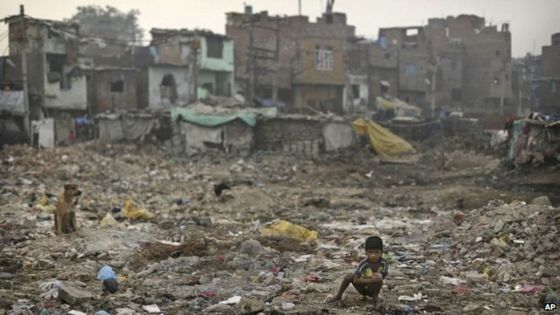 Almost half of Indians have no choice but to defecate in the open. What looks like a simple problem has proved impossible for India’s government to solve. The government nevertheless wants to send probes to Mars and make India the first cashless economy. In due course, Modi will get swept away by India’s realities. The problem is that whoever succeeds him, will very likely be worse. A military general perhaps? Photo credit: Keystone / AP - Click to enlarge |
| For all intents and purposes, India is a banana republic, a wretched place of poverty and disease. The only difference between India and other well-recognized banana republics is that India has so far avoided overly negative headlines in the international media; Indian lobbies in the US and the UK work very hard to make India look good. As noted above, this mainly serves to prop up the self-esteem of NRIs.
It has become fashionable to compare India to China. This comparison seems extremely far-fetched. Chinese GDP per capita is more than five times higher, and is growing more than four-times faster than India’s in absolute terms. If India keeps growing at the recent high rate of 7.5% and China at a mere 6.3%, it will take India more than 135 years to catch up with China’s economic output in absolute terms. People who have been concerned about the demonetization policy have repeatedly asked me if India is the next Venezuela. My response was “I wish it were.” On per capita basis, Venezuela’s GDP is more than seven times that of India. Venezuelans fight when they go hungry. Indians are too weak to even leave their homes. Indians should be fighting, particularly the poor, who have always got a very bad deal. When India becomes the next Venezuela, which hopefully won’t take longer than three decades, one would actually have cause to celebrate. |
Millennia of human progress in terms of economic transactions have been wiped out overnight. People have been forced to go back to barter.
|
Demonetization ContinuesMore than 90% of the banned banknotes have reportedly already been deposited in banks. This is widely hailed as a victory of the government. As Mumbai-based economist Mithun B. Dutta explained in a note, the reality is the exact opposite. He argues that demonetization would only have made sense if a large part of the banned currency had never made it into bank deposits. Up until recently, the banned currency was selling for a 20% discount to its face value. Not only has this discount disappeared in recent days, but the remaining banned bills are now trading at premiums of up to 10%. The poorest people lack the connections to deposit their cash and get it back out. The queues outside bank branch offices have continued and the mood is increasingly desperate. Businesses are closing, with many too damaged financially to be able to ever restart again. Poor people are losing their jobs. Food prices are down by 25% to 50%, leaving farmers without the funds needed to support the next crop planting cycle. Shops remain empty, as discretionary spending is put on hold. Many businesses have suffered sharp declines in sales. Wheat sowing is said to be down sharply as well. |
|
| Who cares when one has problems of one’s own? This half-dead old woman serves as an example for more than 75% of India’s population. She cannot even write her own name, but is expected to learn to use plastic cards. For Modi she does not count if she isn’t paying taxes and isn’t part of the formal economy; but it is Modi who will eventually be thrown out. | |
| Members of the salaried middle class, Modi’s biggest supporters, are slowly starting to face the pinch as well. When they went to their banks on December 1, 2016 to collect part of their salaries, they had to rub shoulders with the poorest of the country, for whom they have deep-rooted disgust. And then they had to go back home empty-handed or with only part of the cash they had wanted to withdraw.
They are still hoping that their bank accounts will be unfrozen after the demonetization deadline on December 31 passes. They will soon realize that their accounts will stay frozen, as simple math shows there is no other possibility. Modi will have to make a new announcement on December 31 to keep his social engineering project on track with yet another patch-up job, and to keep people’s hopes up. |
There has been a significant surge in spontaneous outbreaks of violence across the country. Indian police are not sufficiently trained and lack the competence to keep a material increase in social unrest under control. |
Conclusion
No one has explained yet how the currency demonetization policy will lead to less corruption. Most of the outstanding cash has already made it into bank accounts, but despite that, the queues at bank branch offices seem to be never-ending. It is the unbanked, the poorest people, who are most likely to have failed to deposit their currency and get their cash back out.
The government clearly has the intention of keeping bank accounts frozen after the official deadline of 31st December 2016. The economy will remain stalled at an enormous human cost. Modi is losing his control over his own party. He has isolated himself in a cocoon, surrounded by yes-men; but the middle class, which has so far considered itself to occupy the moral high ground, is starting to experience cash-related problems as well now.
At the same time, the political opposition is fragmented and weak. Modi probably cannot even imagine losing power, believing himself to be indispensable. If he sees his support dwindling, India could easily end up being pushed toward outright autocratic rule.
To properly understand all the undercurrents, it is best to consider first principles. India is an extraordinarily irrational, tribal and superstitious place. Despite the country’s long association with Britain, which by now has lasted over 300 years, it has failed to adopt the concept of reason. India and its institutions as they exist today were constructed by the British. It was inevitable that they would crumble, as India lacks the will and human capabilities needed to maintain them.
A society lacking in rationality cannot be expected to be able to differentiate between right and wrong. It cannot have respect for the individual, or develop moral instincts. Its people will be lacking in empathy and compassion, as demonstrated by the indifference of members of the middle class to the suffering of their desperately poor fellow citizens.
When such people are given western education, it merely sits in their minds as yet another belief system. Evidently, they don’t even understand that an ethical society cannot possibly be compatible with a government reneging on the contract that is printed on its currency.
Even poor people suffer in silence, or even worse, are fighting among themselves. They too lack the necessary understanding of moral principles to feel revulsion when they are mistreated. Instead of directing their anger at those responsible for their plight, they take out their frustrations on the nearest persons weaker than themselves.
With the passage of time, Indian institutions are necessarily mutating to accommodate India’s irrational culture. Culture cannot be changed through education alone, and changing it takes a very long time. India is likely to disintegrate at some point, fragmenting into tribal units or several smaller countries. Institutional decay has been underway for the past 70 years, but with Modi as a catalyst, its pace is picking up. The story of many countries in South Asia, the Middle East, Africa and large parts of South America is quite similar.
What should investors do? Ultimately India is likely to turn out to be a terrible investment destination. Indian savers should consider moving their wealth abroad. Indians are still permitted to transfer $250,000 per year, but eventually capital controls are bound to be instituted. Keeping in mind that Indian savers are already paying premiums of 30% or more to purchase US dollars or British pounds, there seems hardly a good reason for foreigners to send money to India.
Jayant Bhandari grew up in India. He advises institutional investors on investing in the junior mining industry. He writes on political, economic and cultural issues for several publications. He is a contributing editor of the Liberty magazine. He runs a yearly seminar in Vancouver titled Capitalism & Morality.
Full story here Are you the author? Previous post See more for Next post
Tags: central banks,Narendra Modi,newslettersent,On Economy,On Politics









